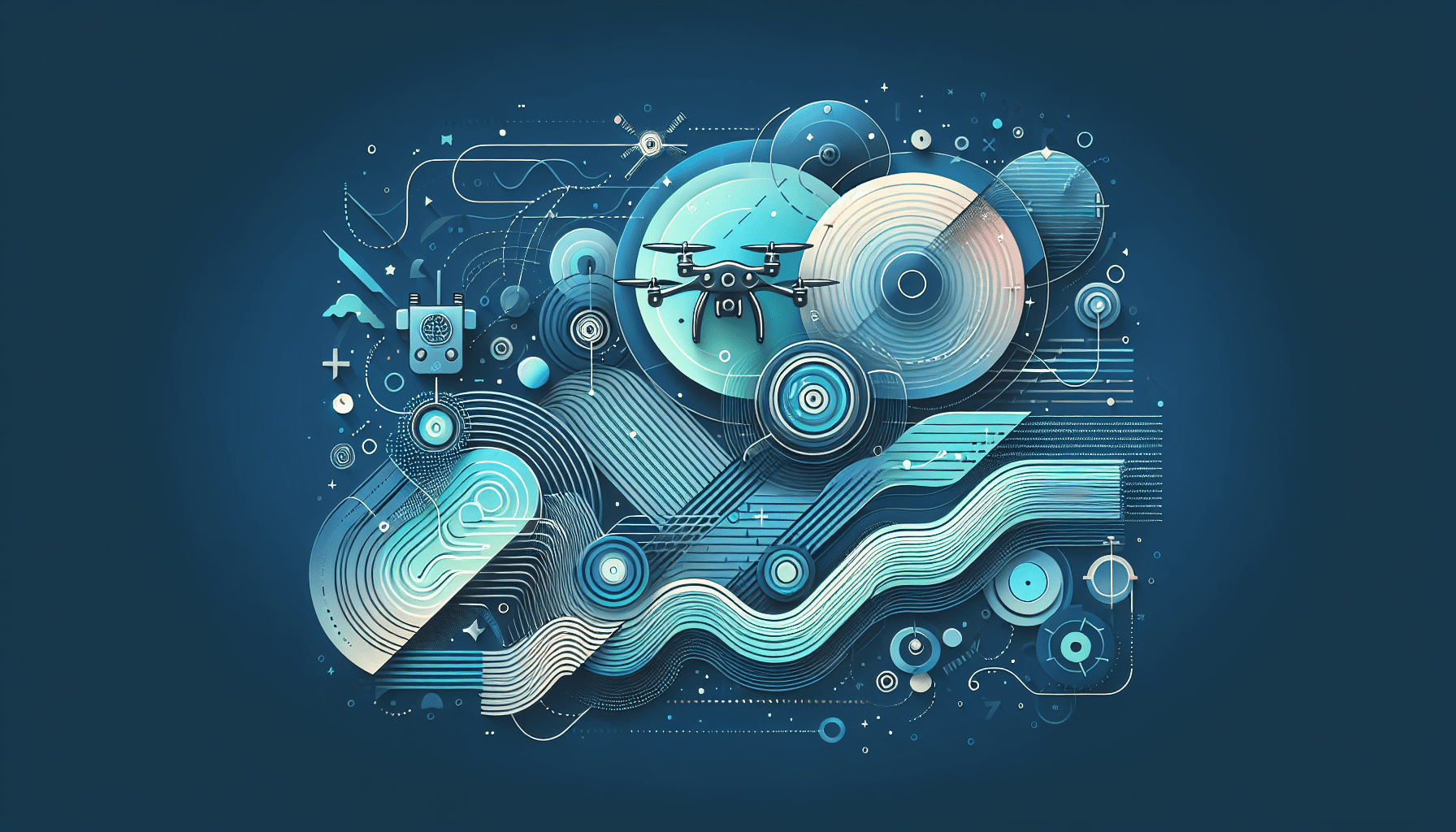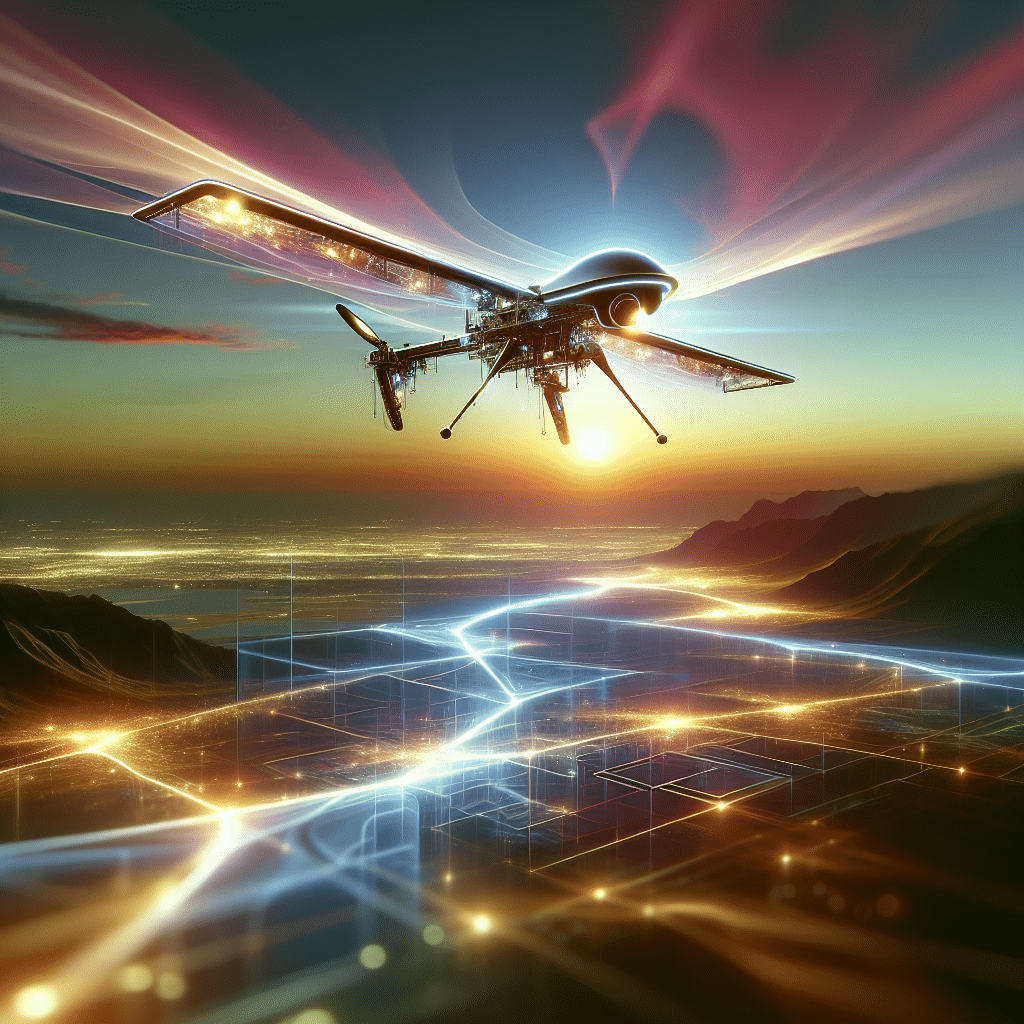Drone Battery Technology: Powering Longer Flight Sessions
In This Article
- Drone battery technology is central to extended UAV operations and continues to evolve rapidly.
- Understanding capacity, voltage, and platform compatibility leads to better energy management.
- MEMAERO’s modular approach sets a new standard for flexibility, safety, and lifespan.
- Upgrading from stock batteries dramatically improves flight performance and mission duration.
- Proper storage, charging routines, and environmental planning protect and enhance battery lifespan.
- Advanced design integration helps maintain energy-to-weight optimization inside drone architecture.
- Community experiences validate professional return on investment for battery upgrades.
- Expect breakthroughs in solid-state and alternative chemistries to shape the next generation of drones.
Understanding the Evolution of Drone Battery Technology
From NiMH to LiPo: Key Developments
Drone battery technology has seen transformative changes since the early days of radio-controlled aircraft. Initially, most drones relied on nickel-metal hydride (NiMH) batteries. Although robust and cost-effective, these batteries offered limited energy density and added significant weight, greatly restricting flight durations. With performance demands climbing, NiMH batteries rapidly became obsolete for most professional drone operations.
The emergence of lithium polymer (LiPo) batteries marked a significant turning point. LiPo power cells brought substantially higher energy densities, lighter builds, and improved discharge rates. These characteristics made them considerably more efficient for aerial platforms. Today, LiPo batteries remain the most commonly used energy source in both commercial and consumer-grade drones. However, the race for even greater efficiency continues.
Innovations such as solid-state lithium batteries and lithium-sulphur compositions are being researched worldwide. Some experimental drones are now trialling hydrogen fuel cells or solar-assisted charging to extend endurance dramatically. As technology progresses, it’s clear that drone battery technology remains central to UAV performance enhancement and disruptive innovation.

How Battery Capacity Impacts Drone Flight Time
mAh Ratings and Voltage Explained
Drone performance heavily depends on the battery’s capacity and voltage. The most prominent indicator of energy storage is the milliamp hour (mAh) rating. A higher mAh number generally means a longer flight time, as more energy is available to power the motors, avionics, and onboard equipment.
Voltage is equally critical. Batteries consist of multiple cells in series, each typically contributing 3.7 volts. A 3S battery, for example, delivers 11.1 volts, while a 6S battery offers 22.2 volts. Higher voltages empower motors to produce greater thrust more efficiently. However, increasing cell count can also raise heat output and weight.
Balancing voltage and capacity presents a technical challenge: while larger batteries fuel extended missions, they also increase drone mass. Excessive weight diminishes return on energy and can even shorten the flight time if the added battery strain outweighs its benefits. Therefore, drone battery technology must pair intelligent energy design with platform-specific power strategies.
“A properly chosen battery is the cornerstone of an efficient drone system. Size alone doesn’t equate to performance – it’s all about matching power requirements to platform capabilities.”
MEMAERO’s Breakthrough in Modular Battery Packs
One of the most remarkable advancements in drone battery technology comes from MEMAERO’s modular energy systems. Unlike traditional fixed-cell packs, MEMAERO’s approach allows for flexible configuration depending on use case. Whether for a light-duty survey or a heavy-lift filming operation, drone operators can assemble the ideal power module on the fly.
Each module in MEMAERO’s battery suite is engineered for rapid interconnection, enabling safe voltage scaling and simplified charging procedures. Rather than overhauling entire battery units between missions, flyers can swap individual segments. This not only cuts downtime but standardises maintenance and increases total life cycles of the individual cells.
The design utilises intelligent battery management systems (BMS) that monitor temperature, load balancing, and charge cycles in real time. With MEMAERO, drone pilots gain both flexibility and endurance, without sacrificing safety or flight stability.
Benefits of Upgrading to MEMAERO Battery Systems
Upgrading to MEMAERO battery technology offers numerous tangible benefits. First and foremost is extended flight time, with users reporting average duration increases of 20-35% over standard LiPo units. This increase translates to fewer landings, more time in the air, and more efficient mission completion.
Additionally, these batteries are manufactured with enhanced cell balancing which ensures consistent discharge across all segments. This stabilises voltage curves, which is especially crucial for high-demand applications such as aerial cinematography or thermal surveying. Furthermore, MEMAERO batteries recharge faster and degrade slower, boosting operational readiness.
Another unique benefit lies in their lightweight yet durable shell construction. Using aerospace-grade polymers, the casing protects internal cells from both electromagnetic interference and physical shock. Such robustness is especially valued in rugged, field-based deployments. The system is also compatible with most existing UAV platforms via adaptable connector kits.
Design Considerations: Balancing Efficiency and Weight
When engineering a drone system for maximum airtime, the energy-to-weight ratio becomes paramount. This metric dictates how effectively stored energy converts into airborne activity before recharging becomes mandatory. Excess mass leads to inefficient thrust usage, quickly depleting even the largest batteries.
To maintain balance, battery design must account for payload weights, propulsion system efficiency, and target flight time. Material selection plays a vital role. Carbon-fibre frames with modular battery compartments help offset battery mass, while low-drag aerodynamics reduce the power needed to stay aloft.
Engineers must also consider cooling solutions, as high-capacity batteries generate excess heat during discharge. MEMAERO’s passive dissipation architecture enables optimal airflow without need for additional fans, lending itself well to reconnaissance missions, agricultural mapping, and other extended aerial applications. Design must therefore be holistic – integrating battery choices into the very fabric of drone architecture.
Common Mistakes That Drain Drone Battery Life
Many users unknowingly shorten their battery lifespan due to poor practices. One of the most prevalent mistakes is storing batteries fully charged or completely depleted. Over time, both extremes degrade lithium cells. Instead, maintaining storage charge around 50% helps preserve chemical stability.
Another error lies in improper charging. Using mismatched chargers not rated for the battery’s voltage or capacity can cause overheating or incomplete charging, reducing total useful cycles. Equally, constant over-discharging during flights—running the battery until the drone auto-lands—places irreversible stress on cells.
Neglecting firmware updates for smart batteries and ignoring BMS warnings also accelerates battery decline. Many modern batteries relay thermal and capacity data in real time. Operators should regularly analyse this telemetry and adopt maintenance routines. Establishing a consistent monitoring and care protocol is the first step towards smarter drone battery technology utilisation.
Advanced Tips for Maximising Aerial Session Duration
Optimising flight duration requires more than just advanced batteries—it demands total system tuning. For starters, calibrate propeller size and pitch to match the frame and flying conditions. Efficient lift mechanisms directly reduce energy expenditure during hover and manoeuvring.
Flight planning software can also make a substantial impact. By pre-programming energy-efficient routes with fewer altitude changes, drones consume less power. Flying at optimal speeds rather than maximum throttle can add several extra minutes of air time per session.
Environmental awareness is also key. Wind resistance increases drag and shortens flights; hence, choosing calmer weather significantly improves endurance. And since cold temperatures reduce battery efficiency, operating within manufacturer-recommended ranges adds longevity. Also, consider removing non-critical accessories or switching off lights when not needed. All of these procedures work in unison with advanced drone battery technology to yield superior mission durations.
Comparing Fixed-Wing vs Multirotor Platforms for Flight Time
The choice of drone platform significantly affects how battery technology performs. Fixed-wing UAVs are aerodynamically stable and glide using less power, making them ideal for long-range tasks. In contrast, multirotor systems rely continually on propulsion to stay airborne, leading to shorter battery efficiency curves.
With equivalent battery capacities, fixed-wing drones often stay aloft two to three times longer. That said, multirotors offer precision hovering and better manoeuvrability at short distances. So the optimal platform depends on the mission profile.
Still, when paired with the latest developments in drone battery technology, both types benefit. MEMAERO’s adaptive batteries, for example, suit either style by balancing power output with functional compliance. Therefore, understanding platform differences allows for better customisation of battery solutions based on usage scenarios.
Real-World Use Case: MEMAERO Partners with Aerial Videographers
In early 2023, MEMAERO partnered with a team of aerial cinematographers filming in the Scottish Highlands. The project demanded extended operation time in rugged, wind-prone environments. Standard battery systems required landings every 15 minutes, disrupting shot continuity and escalating costs.
With MEMAERO batteries, the crew doubled their flight duration and halved changeover times. Thanks to modular attachments, payload configurations were modified based on scene complexity without swapping drones altogether. Operators praised the BMS integration, which alerted them to impending drop-offs with remarkable accuracy.
This case study underscores the importance of bespoke energy optimisation in professional workflows. Access to custom high-capacity energy tailored to geographical and thematic variables redefines productivity for videographers and surveyors alike.
Community Experiences: Upgrading from Stock Drone Batteries
Across forums and specialist groups, drone enthusiasts echo similar sentiments: switching from stock batteries to systems like MEMAERO triggers noticeably better performance. Many users report fewer emergency landings and more confidence flying over uncertain terrain.
One user shared that after upgrading, flight sessions extended by 25% even under windy conditions. Another noted that advanced batteries showed less voltage sag, leading to smoother gimbal footage. Others appreciated the longer shelf life, especially those flying seasonally or for hobby use.
Forums often recommend combining upgraded batteries with improved charging hubs and maintenance cycles. Taking a holistic view of drone battery technology, these community-driven lessons highlight the compounded benefits of investing in high-quality energy systems.
Conclusion: Future of Drone Battery Technology for Longer Flights
[CONCLUSION_CONTENT]
Great guide on enhancing-drone-flight-time-with-updated-battery-systems – Community Feedback
How can I increase the flight time of my drone?
To increase your drone’s flight time, ensure you use the latest battery technologies, minimize extra weight, optimize your flight patterns, and keep batteries well-maintained. Upgrading to advanced systems like MEMAERO’s can offer significant performance gains.
What drone has the longest battery time?
Endurance drones like the DJI Matrice 300 RTK can fly up to 55 minutes, while specialized fixed-wing platforms achieve even longer times. MEMAERO’s new battery systems aim to close the gap for consumer drones.
How to make your drone battery last longer?
To extend battery life, avoid extreme temperatures, fly at moderate speeds, keep batteries partially charged for storage, and follow best charging practices. Upgrading to higher-capacity batteries also helps.
Which type of drone platform would generally have a longer flight time?
Fixed-wing drones usually provide longer flight times than multi-rotors, due to their efficient aerodynamics. Multi-rotor drones are improving, however, thanks to advances in battery systems.

